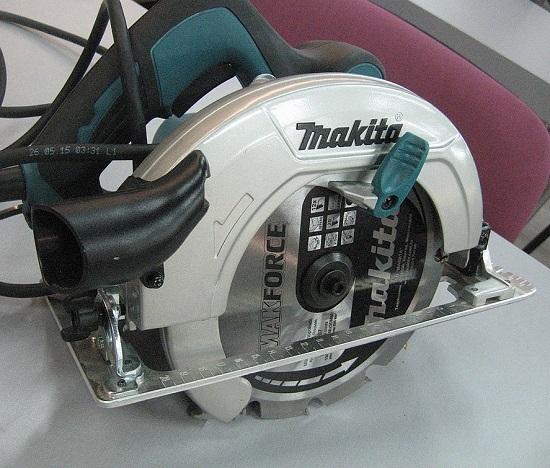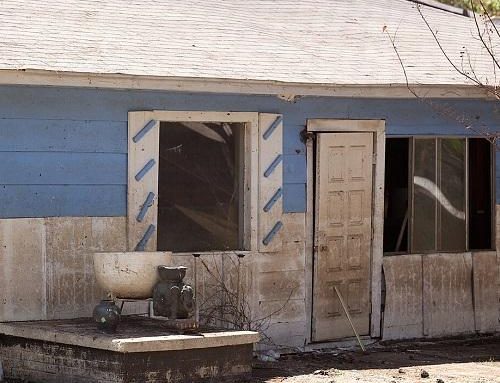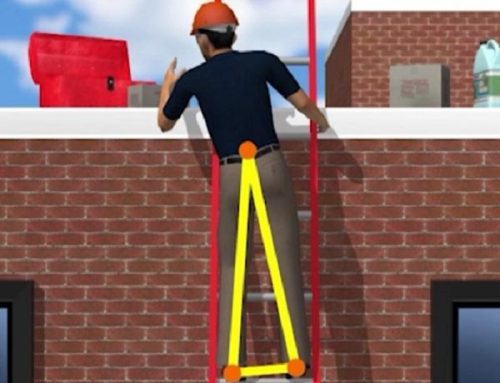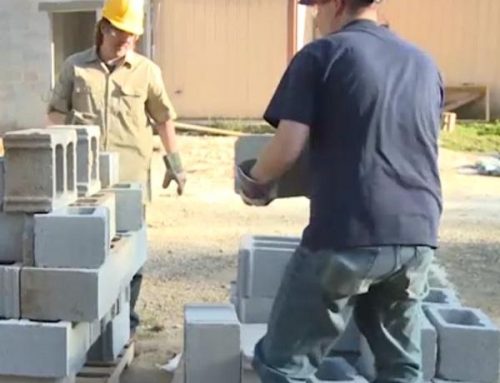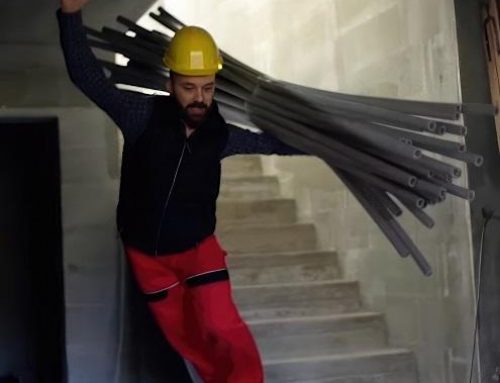Silica dust poses a severe health risk to construction workers using handheld power saws to cut concrete, stone, and other silica-containing materials. This hazardous dust can cause irreversible lung damage when inhaled over time. However, safety precautions and engineering controls, when properly implemented, can significantly reduce workers’ exposure. This article will explore best practices for silica exposure prevention, including equipment operation, job site setup, respiratory protection, and regulatory compliance.
The Silica Hazard
Crystalline silica is a common mineral found in many construction materials like concrete, brick, and natural stone. During high-energy tasks like cutting, drilling, or grinding these materials, fine particles of silica dust get suspended in the air. Prolonged inhalation of this respirable dust can cause lung diseases like silicosis, lung cancer, and chronic obstructive pulmonary disease (COPD).
To address this hazard, the Occupational Safety and Health Administration (OSHA) has strict exposure limits on respirable crystalline silica in the workplace. For the construction industry, OSHA outlines specific dust controls for equipment like handheld power saws under 29 CFR 1926.1153. Employers who fail to comply risk heavy penalties and fines. More importantly, limiting silica dust protects workers’ well-being.
Equipment Dust Controls
Many handheld power saws now include water attachment systems to suppress dust at the cutting blade. This wet cutting approach significantly reduces airborne silica through these primary dust controls:
Continuous Water Flow
The saw equipment must direct a constant stream of water right at the point of cutting. As the blade slices through the material, the water wets and captures silica particles before they can reach the air. Water flow rates must be high enough to minimize visible dust. Insufficient water volume will allow hazardous silica release.
Well-Maintained Equipment
Saws must be kept in good working order for proper dust suppression. Water delivery parts like hoses and nozzles must be intact, without cracks and securely connected. Blades themselves should be sharp, undamaged, and meet manufacturer specifications. Operators should conduct inspections and maintenance as advised by equipment guidelines.
Proper Water Positioning
Orienting the water nozzles correctly is critical for wet cutting effectiveness. Adjust positions so spray directly contacts the front and back of the saw blade as well as the immediate cutting zone. Mistimed water delivery will fail to capture silica at the source. Optimal positioning wets and weighs down particles before they reach the air.
Slurry Clean-Up
The wet process produces a concrete/stone slurry residue. Allowing this to dry out will re-release accumulated silica back into the air. Use wet vacuum HEPA systems to promptly clean up wet slurry. Alternatively, manually shovel and dispose while still in liquid form.
Job Site Setup Considerations
When cutting silica-based materials indoors or in enclosed spaces, achieving adequate silica control requires further precautions:
Ventilation
Wet cutting alone may not sufficiently reduce silica without proper ventilation. Employ portable exhaust fans or ventilation ducts to remove visible dust from the worker’s breathing area. Avoid set-ups blocking airflow or trapping contamination near employees.
Electrical Safety
Using water indoors raises electrocution risks from leaks near live circuits or damaged power cords. Employ ground-fault circuit interrupters (GFCIs) and waterproof, sealed electrical connectors to prevent accidents.
Outdoor Operation Limits
Outdoor cutting minimizes dust concerns, but sustained operations over four hours per shift still require respiratory protection. Additionally, equipment like high-efficiency exhaust trunks can provide extra assurance when working near employees for prolonged periods.
Respiratory Protection
In enclosed-space cutting or outdoor exposure over four hours, OSHA obligates a minimum Assigned Protection Factor (APF) of 10 for hardhat-mounted respirators or tight-fitting elastomeric half masks. Employers must develop a comprehensive, documented respiratory protection program, detailing proper respirator selection, fit testing, maintenance, training, and medical clearance. Only National Institute for Occupational Safety and Health (NIOSH)-certified respirators with the appropriate protection level will comply with the OSHA silica standard.
Regulatory Compliance
The OSHA respirable crystalline silica rules aim to dramatically curb lung disease rates plaguing the construction industry. Employers hold the duty to ensure their worksites and equipment meet the hazard control obligations outlined. Violations carry heavy civil penalties up to $137,092 per instance.
Beyond financial consequences, disregard for the standards needlessly endangers employees contracting lethal silica disease. However, through proper water integrated system use, site planning, and safety protocols, crews can work efficiently while breathing easier. Workers also maintain extensive rights to report issues or dangerous conditions while under full legal protection from retaliation.
The occupational health stakes remain high with nearly 2 million construction workers facing silica exposure daily. But understanding the risks, regulations, and practical solutions empowers both employees and employers to foster demonstrably safer, life-preserving job sites across the country. Work doesn’t have to cost workers their health when the right precautions are followed.
Key Takeaways:
- Handheld power saws generate hazardous respirable silica dust requiring special controls
- Integrated water delivery onto the blade significantly reduces particle releases
- Maintain proper water volume, equipment function, and slurry clean up
- Enclosed spaces need ventilation and short operation times
- Various respiratory protections required for longer jobs or indoor cutting
- Follow OSHA construction standards for compliance and worker safety
- Employers must provide working conditions free from known hazards
- Workers retain extensive rights and whistleblower protections
With deliberate effort and vigilance, the menace of silicosis from construction tasks can be prevented outright. Worker health and workplace safety need not be opposing forces when conscientious dust control makes coexistence possible. Through advancing that mission, we take vital steps for the betterment of both industry and humanity.


